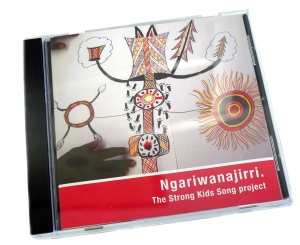
The Garland encyclopedia of world music was first issued between 1988 and 1994 by Garland Publishing as a ten-volume series of encyclopedias of world music, organized geographically by continent. An updated second edition appeared between 1998 and 2002. Widely regarded as an authoritative academic source for ethnomusicology, the series features contributions from top researchers in the field globally.

RILM Music Encyclopedias includes volumes from the series on Africa (edited by Ruth M. Stone), The United States and Canada (edited by Ellen Koskoff), Southeast Asia (edited by Terry E. Miller and Sean Williams), South Asia: The Indian Subcontinent (edited by Alison Arnold), The Middle East (edited by Virginia Danielson), East Asia: China, Japan, and Korea (edited by Robert Provine), and Australia and the Pacific Islands (edited by Adrienne L. Kaeppler). Each volume consists of three sections that cover the major topics of a region from broad general issues to specific music practices, introductions to each region, its culture, and its music as well as a survey of previous music scholarship and research; major issues and processes that link the regions musically, and detailed accounts of individual music cultures. The special tenth volume compiles reference tools, criteria for inclusion into the series, and information about the encyclopedia’s structure and organization.

The entries synthesize in-depth fieldwork conducted since the 1960s, as well as recordings, analysis, and documentation. The publication is generally considered a landmark achievement in ethnomusicology. While ethnomusicologists may appreciate The Garland for its critically designed components, non-ethnomusicologists can embrace the encyclopedia for its capacity to serve as a primer on world music.
Find the Garland encyclopedia of world music in RILM Music Encyclopedias.







